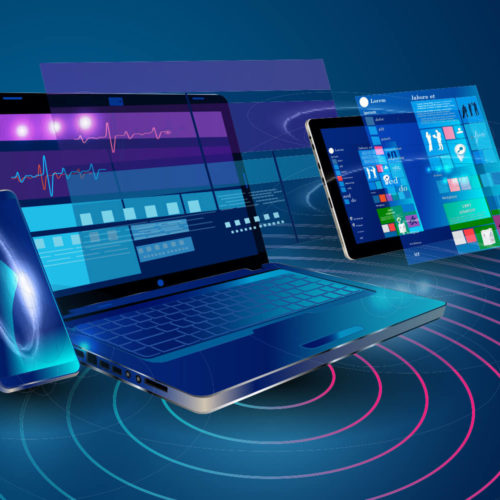We recently released an integration with Microsoft System Center Configuration Manager in v10.1.1 of the Device42 auto-discovery tool. If you are already using SCCM in your environment or are planning to use it, the Device42 SCCM integration can now automatically grab the hardware and software inventory data.
[separator headline=”h3″ title=”With this integration you can now visualize your SCCM asset inventory in a better way, leveraging more value from the data you already have:”]
- Associate purchase and contract info to the actual assets
- Visualize your devices in racks and hypervisors, documenting the full logical to physical relationships
- Track physical network and power connectivity
- Manage SSL/TLS certificates, passwords and Operating system licenses
- Track software licensing and ensure compliance with comprehensive reporting and alerting capabilities
- Get started in few minutes without making any changes to your existing SCCM implementation
[hr style=”1″ margin=”40px 0px 40px 0px”]
[separator headline=”h3″ title=”Importing your existing SCCM data into Device42 couldn’t be easier: “]
- Supply the Device42 auto-import tool with your Device42 instance information.
- Provide credentials with read permissions and your SCCM instance information.
- Run Now! The Device42 SCCM Import tool does all the hard work.
Our one-way import process utilizes the native SCCM API directly, leaving your SCCM Database untouched.
[separator headline=”h3″ title=”Supply your Device42 instance information“]
Select “Settings” (lower left); then “System” (upper left). Input your Device42 instance information into the Auto-Discovery tool – IP or FQDN, username, and password.
[separator headline=”h3″ title=”Followed by your Microsoft SCCM Credentials“]
Next, head over to “Credentials” in the settings sub-menu on the upper left. Add a set of Windows credentials that has sufficient access to query your SCCM Instance.
[responsive][/responsive]
[hr style=”1″ margin=”40px 0px 40px 0px”]
[separator headline=”h3″ title=”…And we’re importing!“]
Choose SCCM from the “Discovery” menu. Pick a name for your SCCM Instance, and select the credentials you created in the previous step. Next, Enter the FQDN or the IP address of your SCCM Instance in “Criteria”.
“Save”, and then “Run Now”. That’s it! If all went well, we’re importing data. This can take some time, depending on just how big your SCCM instance is.
You can monitor the discovery status in “Tasks” as your Device42 instance populates.
[hr style=”1″ margin=”40px 0px 40px 0px”]
[separator headline=”h3″ title=”Permissions required for the SCCM Integration:“]
The user account you supply must have permission to access the SCCM instance. You can add a user in SCCM under “Administration”; Choose “Administrative Users”. The user I tested with happened to be an SCCM Admin, but the “Read-only Analyst” role should be enough, as it “Grants Permissions to view all Configuration Manager Objects”, and the import is a read-only operation from the SCCM perspective.
[hr style=”1″ margin=”40px 0px 40px 0px”]
[separator headline=”h3″ title=”Take advantage of the latest Device42 integration.“]
Download the Device42 Auto Discovery Software v10.1.1, now with Microsoft SCCM Auto-Import and pull your Microsoft System Center Configuration Manager data into Device42 today!


